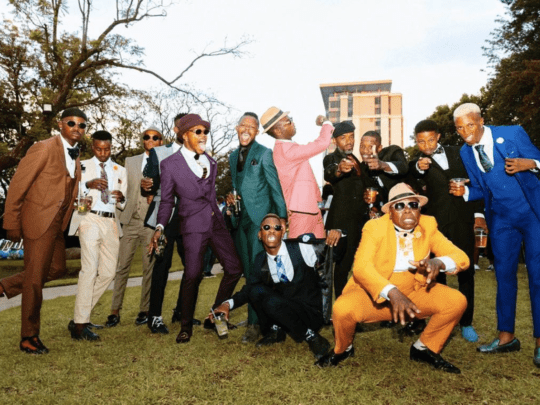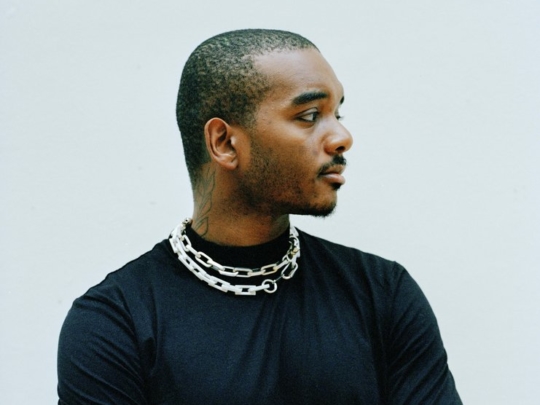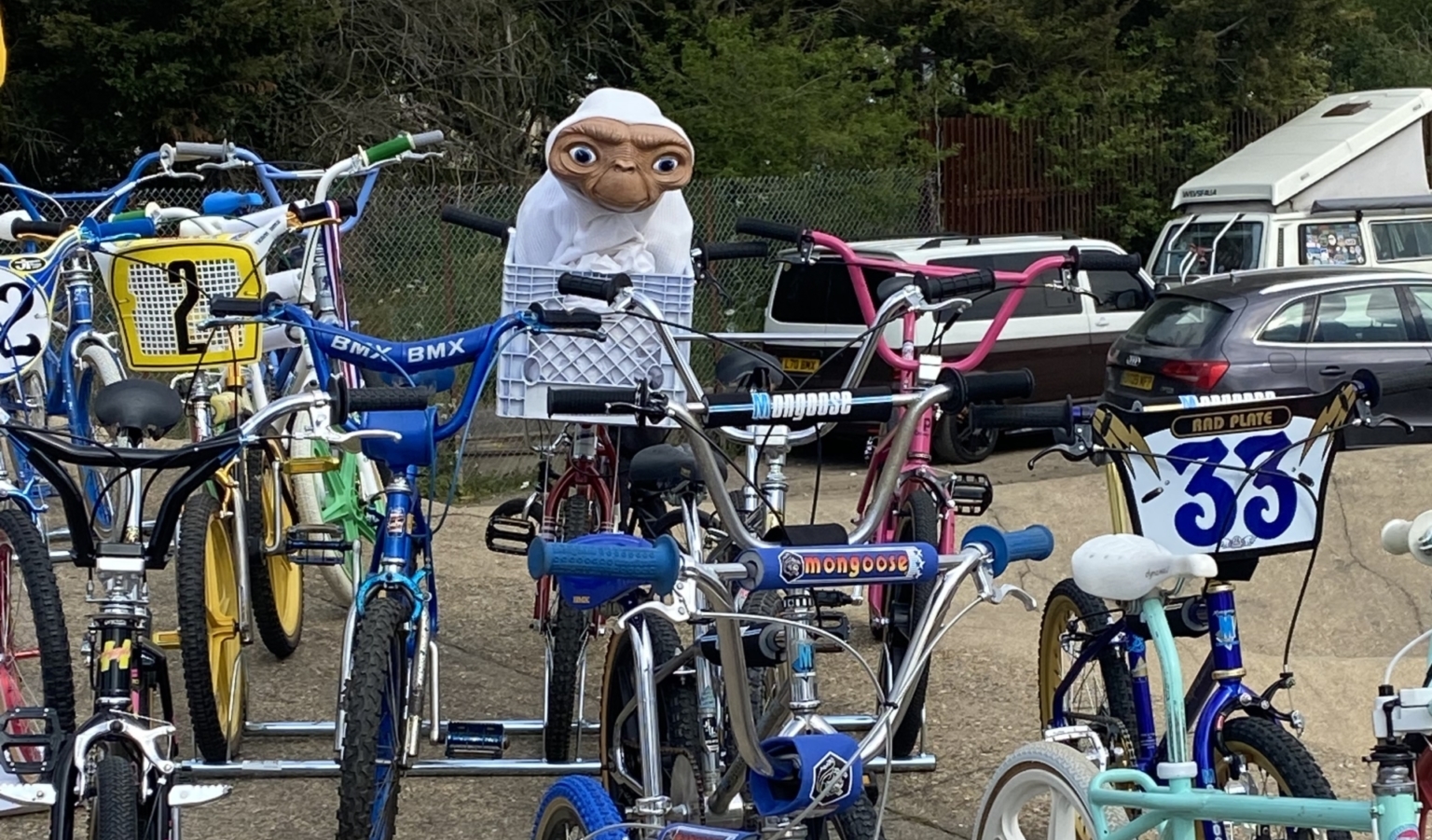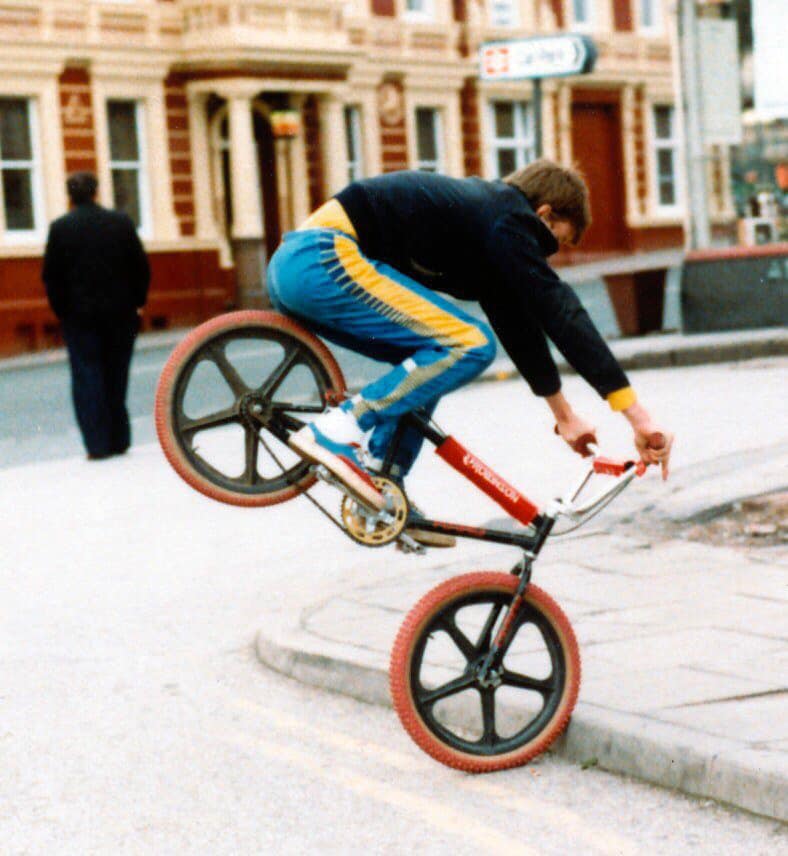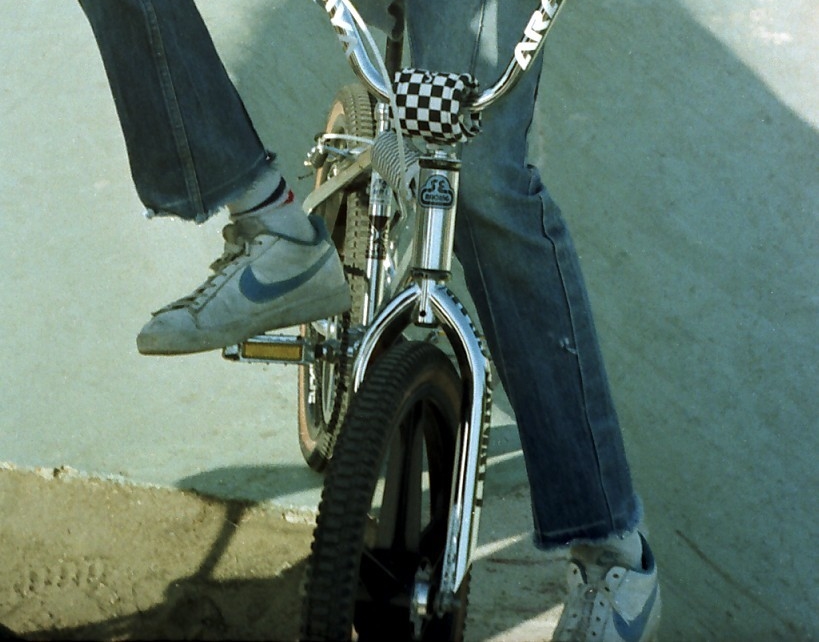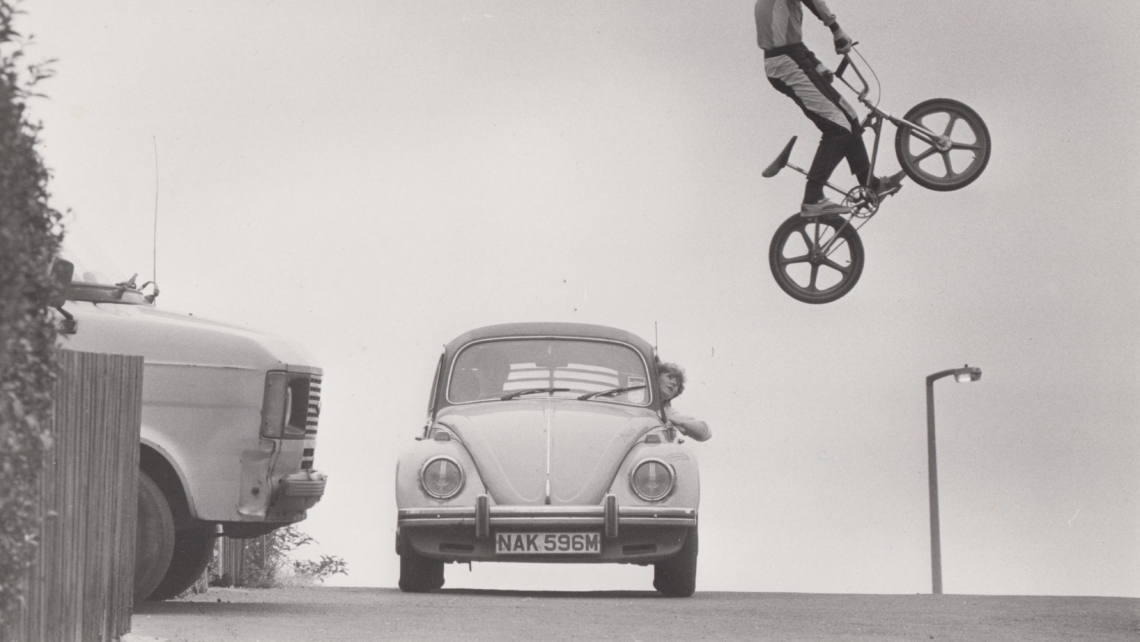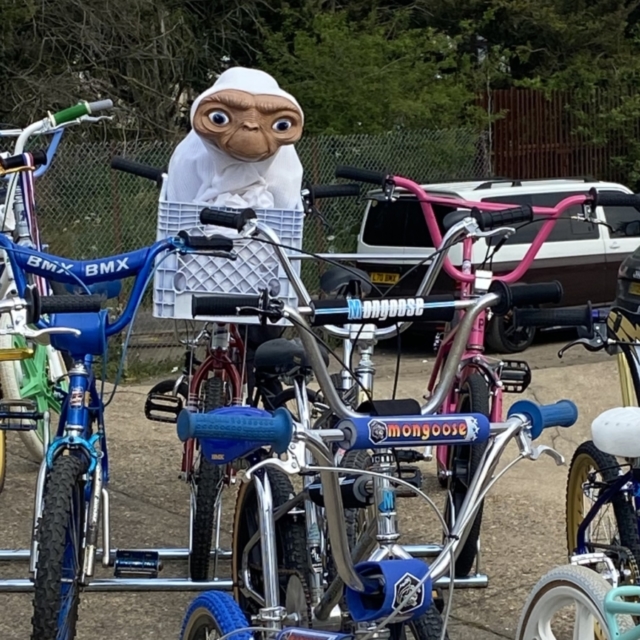I’m out at Romford, on the fringes of east London, attending a BMX event run by a collective named We Were Rad. Freestyle and bunny hop competitions are underway: these tricks were not as easy I thought, and the finale, a celebration of pristine, carefully curated bikes which attendees had gone out of their way to bring, was almost a style within itself. The rider and their bike – the pride is unmatched.
BMX: Time for a revival?
Remember BMX? Think young American kids in the 1980s. Think Steven Spielberg’s E.T. Shell-suit jackets and children running around without parental supervision. Those were the days. And yet, here I am in 2022 out in Romford, full of enthusiasts of all ages and genders. Time for a revival, anyone?
In the 1980s BMX rose to the forefront of British youth culture. The bike became a must have for British teens, celebrated in magazines like BMX Bi-Weekly. That’s the kind of energy that the We Were Rad collective are seeking to recreate. It’s co-founded by a somewhat unusual trio of Clint Pilkington, a solutions architect; Andrew Rigby, a nurse; and Antony Frascina, a primary school teacher.
The BMXing of the 80s encompassed more than just the bikes. It became a youth phenomenon that drew on fashion, music and collective identity. BMX and its fashions existed in a symbiotic union. In an interview with the Museum of Youth Culture, Antony Frascina reflects on fashion’s role within the BMX sphere and its importance in celebrating a joint identity: “It began with the B Boys breakdancing in Sergio Tacchini suits. Then came the rise in casual culture where brands like Farah and Pringle thrived, before the late 80s saw skate punk dominate, placing international brands like Fila and Ocean Pacific at the forefront. [This] concluded at the end of the BMX craze with the early days of 90s rave culture, allowing street brands like Stussy to become staples of a collective youth style.”
Steve Gartside recalls his first Adidas tracksuit, Farah pants and Tacchini trainers, key brands of the casual era. Luke Haralambous “begged my old dears [parents] to buy me some BMX Clothing”. Marc Bellamy confesses: “To be Rad you have to have had Vans”, while Jay Hardy rates Vans as “symbolic of an alternate identity in the 80s”.
And then there was the music. Grant Stone says, “BMX and music all merged into one”, recalling a youth building ramps with boomboxes blaring. Andrew Rigby says: “The one song that will forever be associated with BMX is Hello by Lionel Richie. It was playing on the radio when my Dad went to pay for my bike”. Doug McCathy preferred punk – “music to ride hard and fast to”.
The subculture transcended the streets, attracting sponsorship from watch brand Swatch, which draped a giant Swatch over the barn behind the ramps. Grant Stone recalls his love for the brand Life’s a Beach because it sponsored his BMX idol Rick Johnson. Although the success and prominence of the bike are long distant memories, many still crave the nostalgic and collective identity it symbolised. A time without worries, good music and good clothes. Many teens would meet in their spare time to learn new tricks, discuss trends and simply enjoy being young.
Now We Were Rad has brought all those memories back with a book, self-published and collated by Pilkington, Rigby and Frascina – a five-year labour of love with 450 pages of images and information about the subculture. It’s a true bible of old school BMX, detailing the history of BMX in the UK in the 1980s, told by the kids that lived it. The book has struck a chord, featured by the BBC, the Museum of Youth Culture and Paninaro magazine. Esta Maffrett, writing for the Museum of Youth Culture, describes the book as “capturing the spirit of riding on your bike through a hazy summer afternoon in an English suburb”.
Demand for a BMX revival is certainly brewing. Milton Keynes, to the north of London, is a popular destination for BMX fans, while the Laces Out festival, focused on sneaker culture, is another key annual event in England. The success of British BMX Olympians – Charlotte Worthington, Kye Whyte and Beth Shriver – at Tokyo 2020 has also piqued mainstream media interest.
I watched the passion and love of those participating in the event in Romford. It was so refreshing to see a shared collective joy that transcended age, gender and bias. I’m now contemplating getting on my own bike again – although I’m 22, born long after the 1980s’ BMX scene passed on. It would certainly be wonderful to see the revival of this collective youth culture. Maybe, after all these years, we are still rad.

